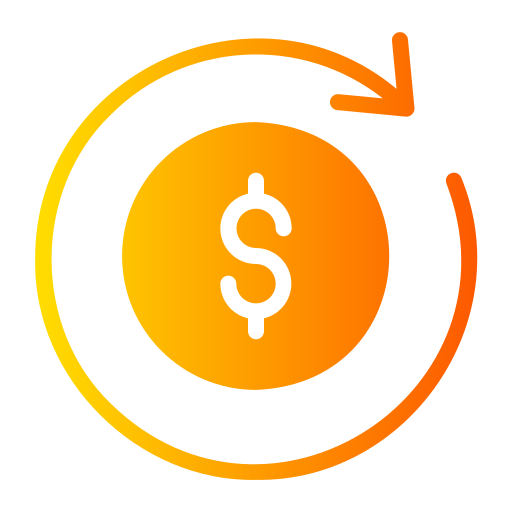With music production becoming everyday more accessible being able to provide a professionally sounding track is very important.
However, not everyone can afford a professional studio or mastering engineer so here are 3 tips that will help you with your home masterings.
Jump To Section
1. Acoustic Treatment
2. Meters & Frequency Spectrums
3. Start With a Simple Chain
Having an accurate listening environment is crucial when it comes to mastering. But since not everyone can dispose of a properly treated environment there are some other solutions that you can consider to improve the sounds of tracks.

For example you can buy some professional mastering headphones. Even if they can be more expensive than normal headphones their cost is nowhere near the one of a treated studio and you will also be able to master your tracks everywhere you want.
Another homemade solution can be positioning rugs and curtains around your working area. In this case, you will reduce some resonances and vibrations which usually cause some really unpleasant effects especially on the low end
When mastering it’s important to optimize your track for different playback systems. In order to do that you can relay on Meters and Frequency Spectrum which will give you information about the track’s loudness, stereo image and balance. In this way you’ll be able to identify the issues and reach a defined target level.

Here’s a list of some cool FREE plugins that we feel can really help you.
- Voxengo Span, a real-time “fast Fourier transform” audio spectrum analyzer.
- Youlean Loudness Meter, helps you get the correct loudness levels for upload to Spotify, YouTube, Apple Music
- TBProAudio dpMeter5, a precise digital audio multi channel meter including RMS, EBU R 128, Dialog gated and TruePeak (intersample) measurement
You don’t need a complex mastering chain to achieve a good sounding master, you only need three tools: EQ, compression, and limiting.

With an EQ, for example, you can easily shape your mix and you can use the mid/side setting to make it wider or narrower. Some EQs also have a built in dynamic function which you can use to control peaks or resonant frequencies.
Compression gives you control over the transients and the dynamics of the track while the limiter, at the end of the chain, enables you to reach your desired loudness.
After that you add a meter, as we covered in the previous chapter, and you’re ready to go!
Mastering at home can get really tricky if you don’t have the right acoustics and the right knowledge but, with modern technology, this isn’t an excuse anymore. Thanks to this article you’ll be able to get the most out of your home setup and take your music to its final destination.
























